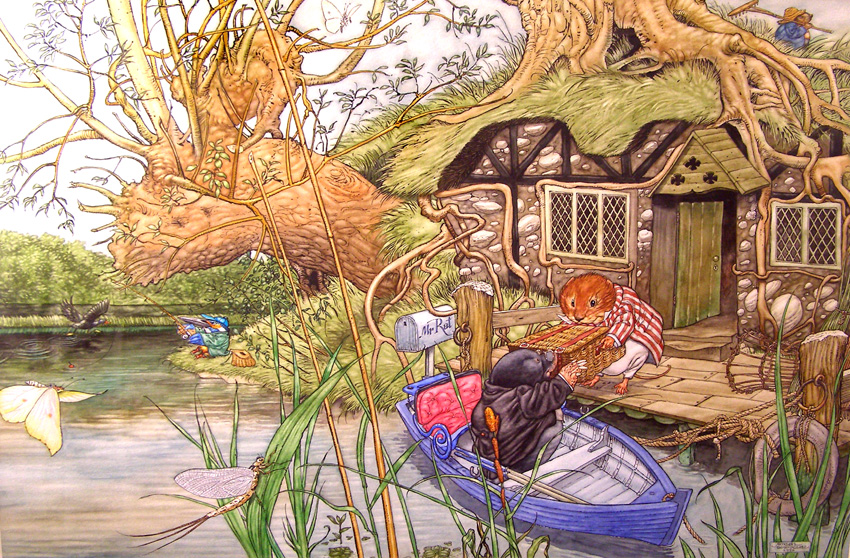Classics of Moles and Rats: The Wind in the Willows by Kenneth Grahame
The Wind in the Willows by Kenneth Grahame
The Wind in the Willows by Kenneth Grahame. 1908.
So Pooh-like with that quaint voice and silly words and lots of happy adverbs (see, sometimes adverbs can be good!). Mole meanders aimlessly and is bewitched, entranced, fascinated by a bubbling, gurgling, chuckling river. What wonderful words! Never mind that Moles are blind; I could eat it up.
I was more than a little shocked to read Rat’s line, “Stop it, you silly ass!” on page 17, however.
Despite the lovely turns of phrase and the appeal of classic literature, I don’t favor talking animal stories. I’ve started and stopped this one every few months since entering the program (not to mention the times I’ve tried to read it in previous years). I’m just not a child at heart, I suppose. I did glimpse an interesting parallel to some of these characters and Tolkien’s Hobbits—maybe this was a source of inspiration for Tolkien, or just a similarity because of the tone, but the homey little Mole is rather Hobbit-like, and his crusty friends reminiscent of Frodo’s mishmash of companions.












S. E. Hinton's The Outsiders. Amazing. Hard to believe this novel was written by a teen. What trumps all here is a sympathetic protagonist and a strong storyline. Hinton can get away with...